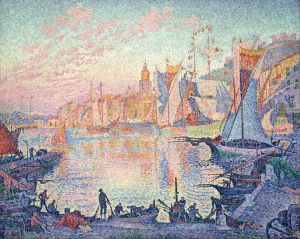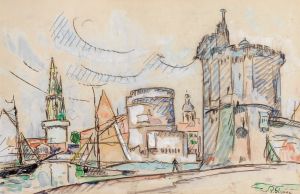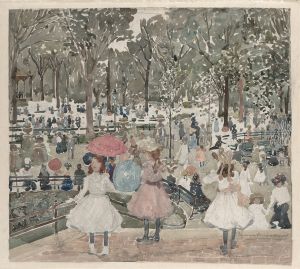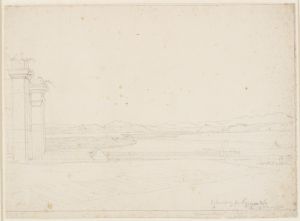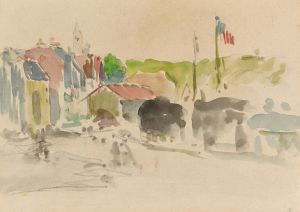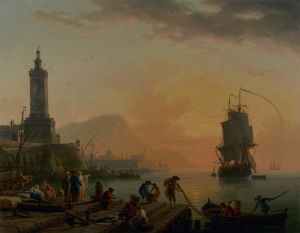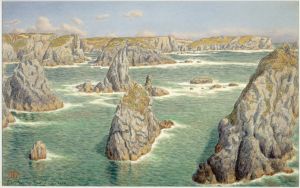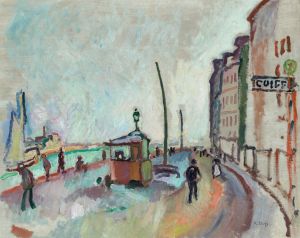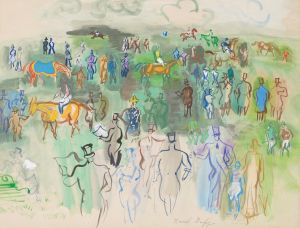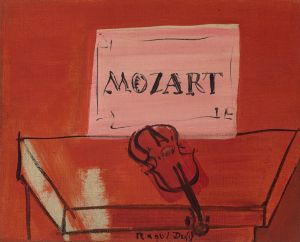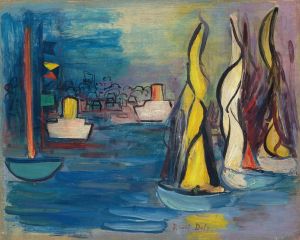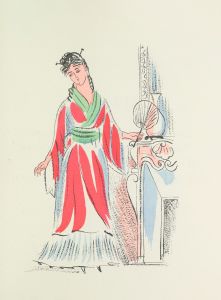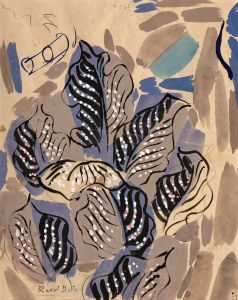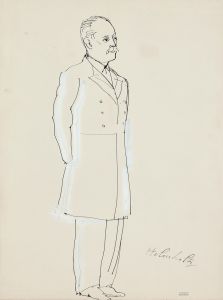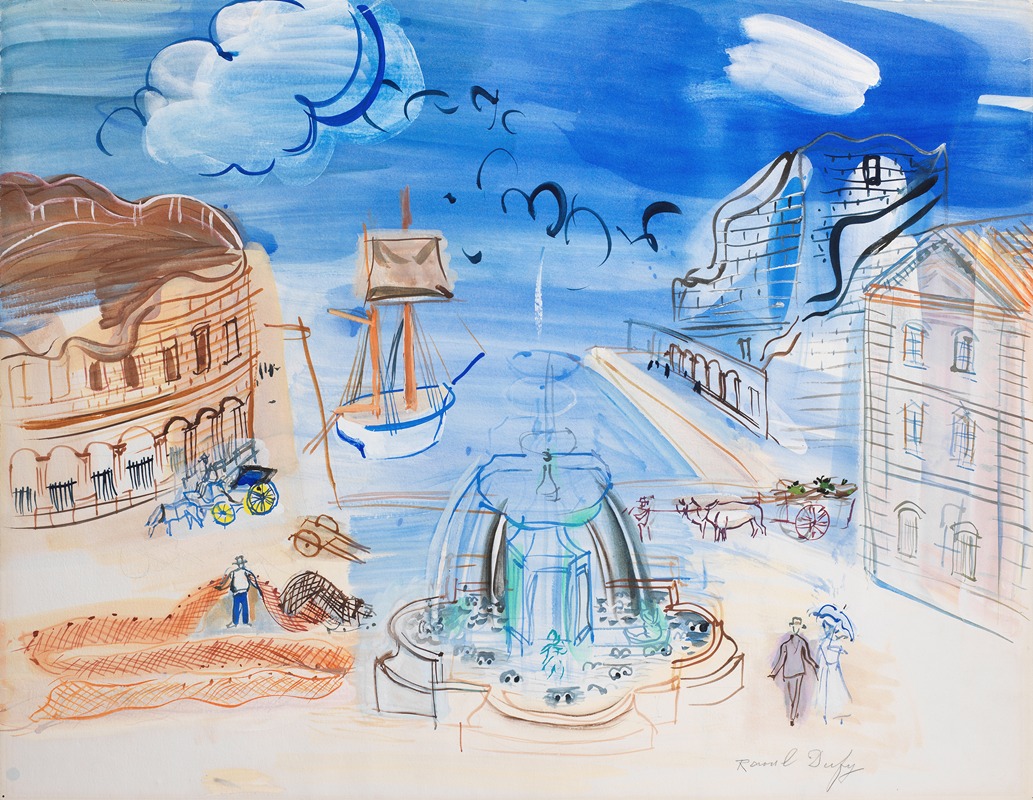
Composition au port et à la fontaine
A hand-painted replica of Raoul Dufy’s masterpiece Composition au port et à la fontaine, meticulously crafted by professional artists to capture the true essence of the original. Each piece is created with museum-quality canvas and rare mineral pigments, carefully painted by experienced artists with delicate brushstrokes and rich, layered colors to perfectly recreate the texture of the original artwork. Unlike machine-printed reproductions, this hand-painted version brings the painting to life, infused with the artist’s emotions and skill in every stroke. Whether for personal collection or home decoration, it instantly elevates the artistic atmosphere of any space.
Raoul Dufy was a French Fauvist painter known for his colorful and decorative style, which often depicted leisure activities, landscapes, and urban scenes. His work is characterized by its vibrant use of color and fluid brushwork, capturing the essence of the early 20th-century modernist movement. One of his notable works is "Composition au port et à la fontaine," which translates to "Composition at the Port and the Fountain."
"Composition au port et à la fontaine" exemplifies Dufy's ability to blend elements of Fauvism with his unique decorative approach. While specific details about this particular painting are scarce, it is consistent with Dufy's broader body of work, which often features scenes of ports, the sea, and fountains, reflecting his fascination with water and its surroundings. Dufy was known for his ability to capture the lively atmosphere of such settings, using bold colors and dynamic compositions to convey a sense of movement and joy.
Dufy's artistic journey began in the early 1900s when he was influenced by the works of the Impressionists and Post-Impressionists. However, it was his encounter with the Fauvist movement, particularly the works of Henri Matisse, that significantly impacted his style. Fauvism, characterized by its radical use of color and simplified forms, encouraged Dufy to experiment with vibrant palettes and expressive lines, which became hallmarks of his work.
Throughout his career, Dufy was also inspired by the decorative arts, which is evident in his use of patterns and ornamental motifs. This influence can be seen in "Composition au port et à la fontaine," where the interplay of colors and forms creates a harmonious and aesthetically pleasing composition. Dufy's ability to merge fine art with decorative elements made his work popular not only in galleries but also in applied arts, such as textiles and ceramics.
Dufy's paintings often evoke a sense of leisure and enjoyment, capturing the spirit of the early 20th century's fascination with modernity and the pleasures of life. His depictions of ports and fountains are not just literal representations but are imbued with a sense of vitality and movement, inviting viewers to experience the scene's ambiance.
While "Composition au port et à la fontaine" may not be as widely recognized as some of Dufy's other works, it remains an important piece within his oeuvre, showcasing his mastery of color and composition. Dufy's legacy continues to influence artists and captivate audiences, with his works held in major museums and collections worldwide.
In summary, Raoul Dufy's "Composition au port et à la fontaine" is a testament to his skill in capturing the vibrancy of life through his distinctive Fauvist-inspired style. The painting reflects his love for color, movement, and the decorative arts, making it a valuable piece in understanding the evolution of modern art in the early 20th century.





